Patang Scholars Field Trip to the Museum
Written by Anjum Shaikh, December 6, 2018
Written by Anjum Shaikh, December 6, 2018
To shake things up from the classroom-style workshops, the Patang Scholars facilitators decided to have an outdoor activity for the students; an educational trip to the Chhatrapati Shivaji Maharaj Museum, formerly known as the Prince of Wales Museum. I was really excited to visit this museum because of my love of art and history, and had been hoping to go ever since I had heard about it.
The museum is located in the southern part of Mumbai and to my surprise, all the students were present before time – I guess they were as excited as me! After collecting the tickets and depositing the bags at the counter, we moved towards the entrance. The museum had a huge garden in the front displaying a huge artwork of Buddha. As we entered, the lobby displayed a large portrait of Shivaji Maharaj. There was beautiful artwork portraying information about Mumbai. In the center of the lobby, the beautiful statue of La Source fountain was placed.
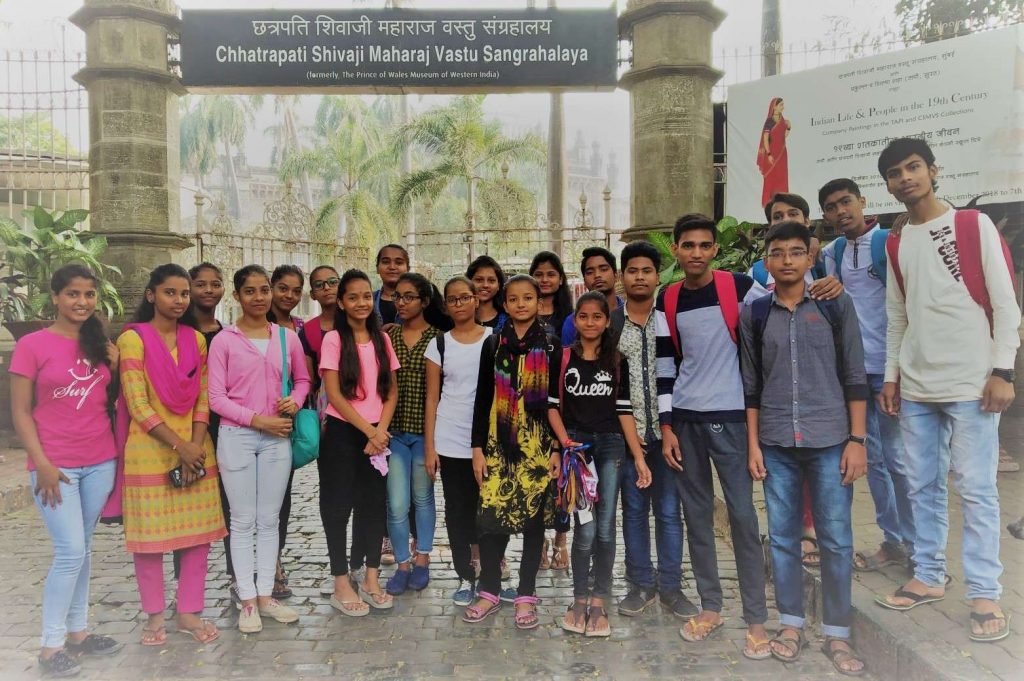
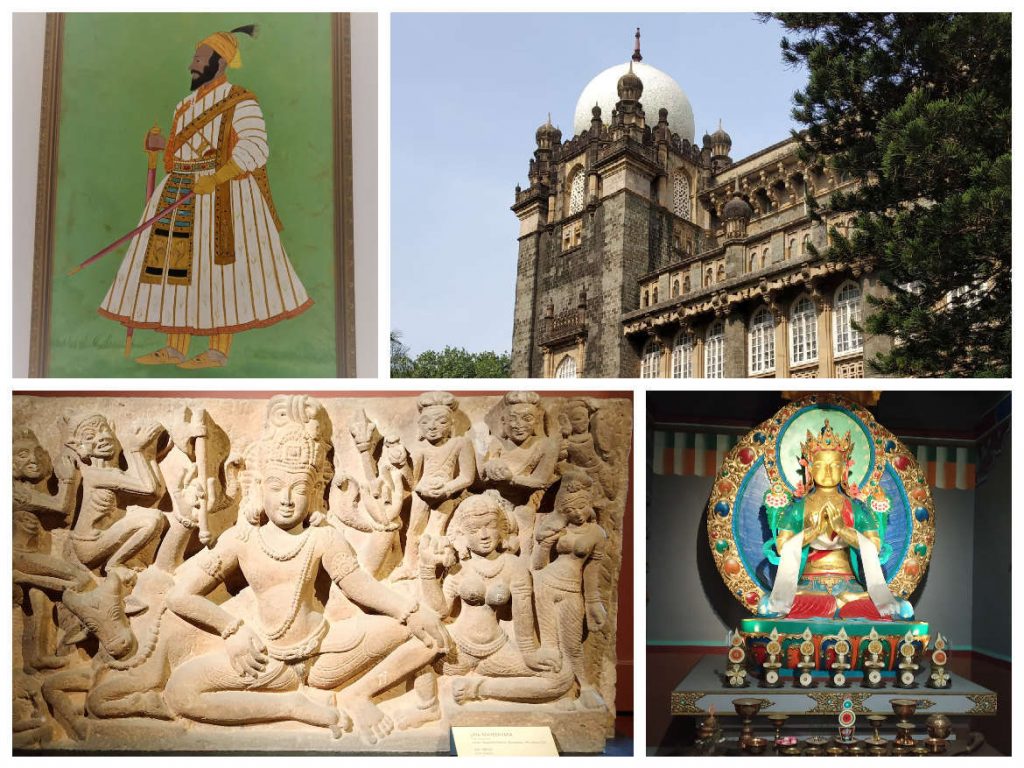
The lobby had an information desk for tourists to distribute maps and other information on leaflets. It also had a facility of an audio tour which was available in different languages. The building of the museum was quite large with exhibits displayed on two floors spread across three main sections.
The lobby had an information desk for tourists to distribute maps and other information on leaflets. It also had a facility of an audio tour which was available in different languages. The building of the museum was quite large with exhibits displayed on two floors spread across three main sections.

The students were asked to spend at least 10-15 minutes in each section and then spend some more time in their area of interest. As we began our journey, we moved towards the natural history section, which had a collection of birds, fishes, reptiles, mammals and other species. I was amazed to see the different kinds of artifacts that were displayed. All the objects and exhibits had description notes in English, Hindi, and Marathi, which spoke about their history and importance. The students were thrilled to learn that the skins of the birds and mammals were real and were preserved under the art of Taxidermy.
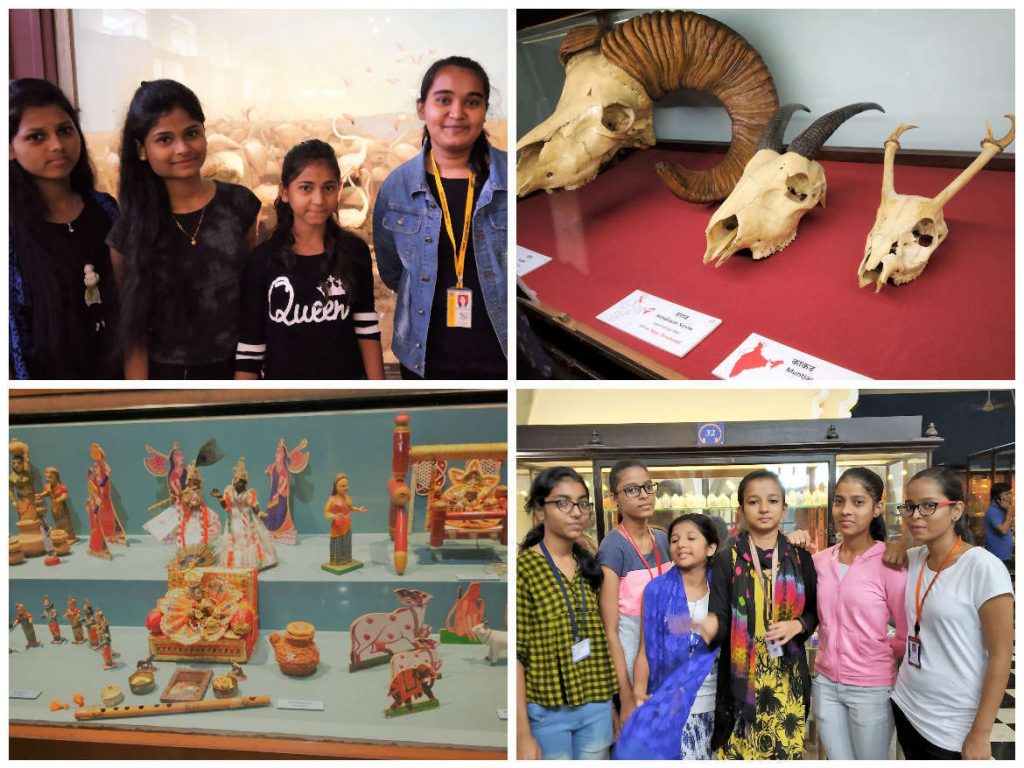
The students were asked to spend at least 10-15 minutes in each section and then spend some more time in their area of interest. As we began our journey, we moved towards the natural history section, which had a collection of birds, fishes, reptiles, mammals and other species. I was amazed to see the different kinds of artifacts that were displayed. All the objects and exhibits had description notes in English, Hindi, and Marathi, which spoke about their history and importance. The students were thrilled to learn that the skins of the birds and mammals were real and were preserved under the art of Taxidermy.

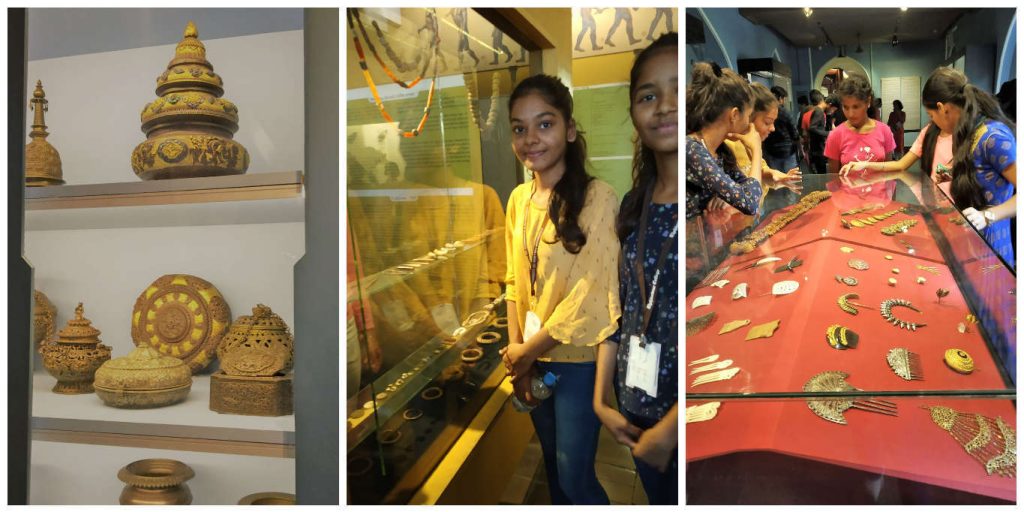
Adjacent to this section was the archaeological section displaying sculptures and artifacts from ancient India. On the first floor, there was the pre-proto history section which had an excavation collection from different civilizations such as Harappa, Indus Valley, Mohenjo Daro, etc. Various decorative artworks of glass, wood, and metals from European and Chinese era were also on display. On the second floor, there was a personal collection of European oil paintings by Sir Ratan Tata and Sir Dorab Tata
Adjacent to this section was the archaeological section displaying sculptures and artifacts from ancient India. On the first floor, there was the pre-proto history section which had an excavation collection from different civilizations such as Harappa, Indus Valley, Mohenjo Daro, etc. Various decorative artworks of glass, wood, and metals from European and Chinese era were also on display. On the second floor, there was a personal collection of European oil paintings by Sir Ratan Tata and Sir Dorab Tata

The students carefully observed all the exhibits in each section. We were happy to see that every artifact was well-maintained in the museum. The third section comprised of arms and armors; a favourite for many of the students. Among all the exhibits displayed, I was personally awestruck by the ‘Ruyi’: wish-granting scepters. Ruyi means “as you wish”. The description mentioned that during the Qing Dynasty, many of these wish-granting scepters were made as presents to the Emperors. These scepters were made of jade, lacquer, wood and sometimes even of porcelain. It made my mind wander into the past and I could imagine such items being used in those eras. A lot of students were even taking notes during their observations.
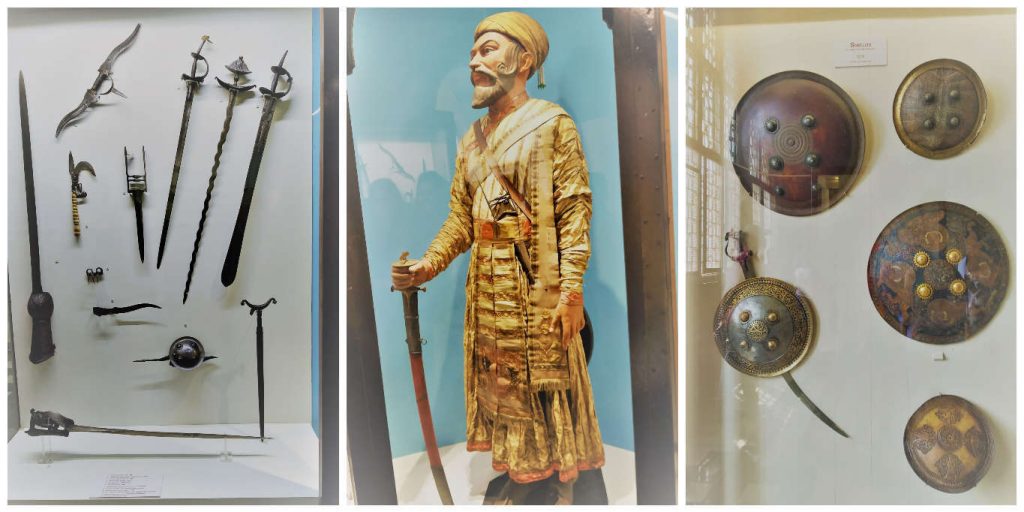
After covering all the sections, we all gathered together to discuss the assignments. The students really enjoyed seeing the beautiful artifacts from the past. The visit enriched our knowledge and understanding of many historical events. All in all, it was a great experience, bringing life to past eras and leaving a lasting impression on our minds.